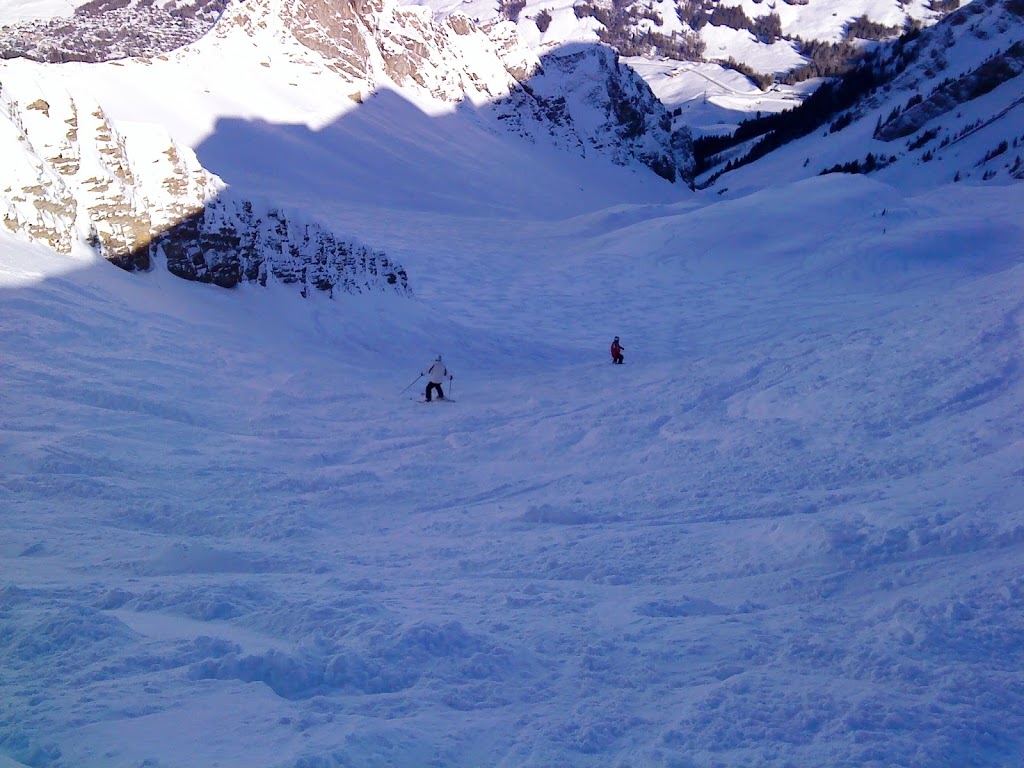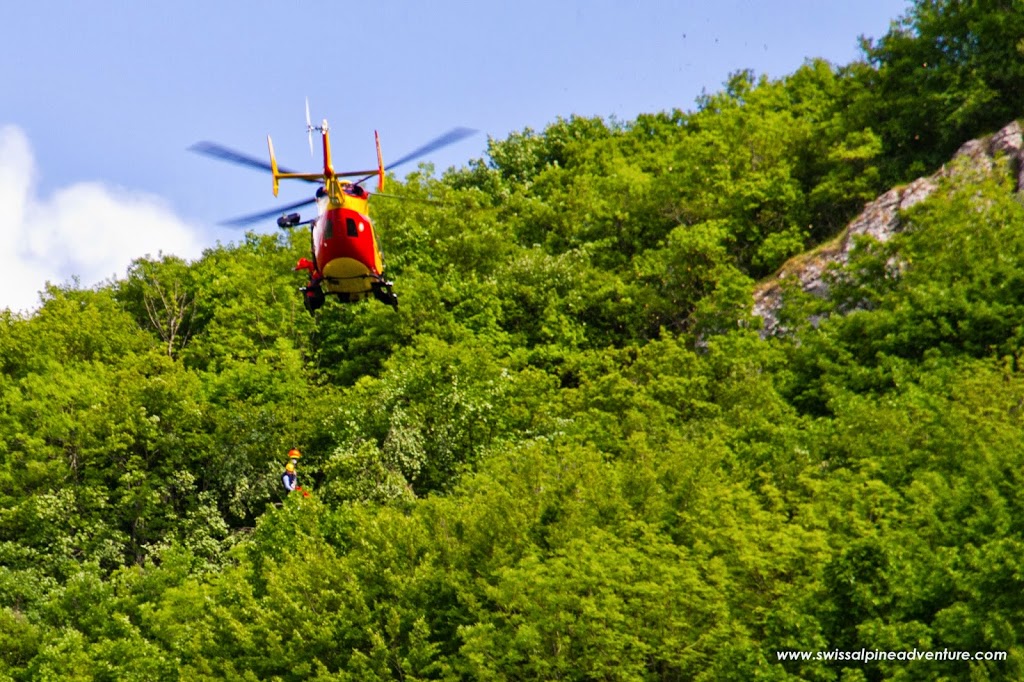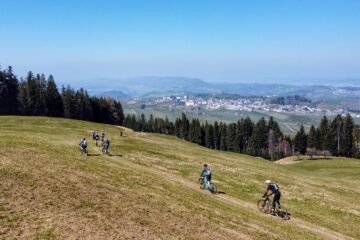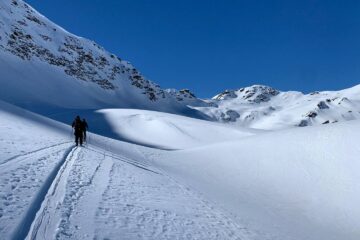The topic of risk is one that I have always been fascinated with. I believe that like beauty, risk is in the eye of the beholder. In my previous life before I discovered the mountains I could be found on beaches around the world windsurfing in all kinds of conditions. I’ve quite often had people come up to me and tell me – sometimes quite forthrightly – that “you shouldn’t go out there, it’s too dangerous”. For me in most of these conditions the level of risk I was exposing myself to was minor. I had spent most of my youth on the water, was a qualified lifeguard, windsurf instructor, sailing instructor, rescue boat instructor and kayak instructor… for me the perceived risk was quite small and due to a certain level of experience and skill I could keep the actual risk pretty low. For the bystanders however, they could never imagine going out on the ocean in such conditions. For them the perceived (and real) risk in those conditions was quite high and they couldn’t understand that the risk could be different for someone else.
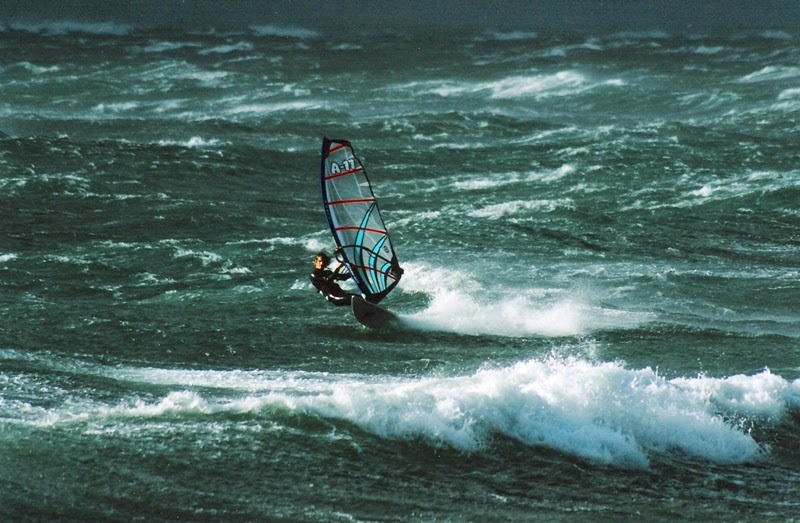 |
| The author 50+ knots (100+kmh) wind on the west coast of Ireland. |
As an instructor, safety was something that always concerned me. It was incredibly important to me that I would never have an accident, but at the same time I wanted to share my passion with those who came to me for lessons. An incident in 1993 where four students drowned in a Canoeing accident in Lyme Bay (Wales) brought it home just how much responsibility we had when we were taking groups out on the ocean. Balancing the desire to share to the sports we loved with keeping people safe in the environment we were introducing them to was something that occupied a lot of my thoughts until I eventually moved to Switzerland and ended up working in an office environment for the first time in my life.
When I moved to Switzerland I needed something to replace the ocean. I started to spend more and more time in the mountains and the more time I spent there the more scared I got! The more I learned, the more I realised how little I know and realistically how little experience I have. My perception was (and still is) if something goes wrong on the ocean, experience, patience and some skill can offer you a “get out of jail free” card. In the mountains you have to use your experience, patience and skill to ensure that you never get into a situation where things go wrong, because there is no get out of jail free card in the mountains. For many people that move here (like me) we don’t have a lifetime of experience and skill to work with and in many cases patience is certainly not our virtue.
In the mountains when it goes wrong I believe (no figures to back this up, just observations) the likelihood of it being serious are much higher. We can kit ourselves out with Avalanche transceivers, Airbags, do courses and try to make the correct decisions but if we release an avalanche it is to a certain extent still a game of Russian roulette as to whether we survive or not.
| Image of the avalanche that the couple in the image above (and the group I was with) were lucky to survive. The Avalanche released at an altitude of 2200m, was between 100 and 300m wide and travelled for a distance of 1.3km down the mountain. (Image taken from the SLF Weekly report 23-29 January 2009) |
Starting to organise events for Swiss Alpine Adventure meant that my concerns with sharing my passions with people and balancing them against the risks or these activities once more became a reality. Thoughts of what could go wrong were all consuming. Every-time someone falls off a bike my level of concern goes into overdrive. I’ve done as much as I can to try and make the activities as safe as possible, in the run up to events I even lose sleep trying to ensure that we’ve not overlooked anything from a safety point of view. But short of wrapping everyone up in cotton wool or not organising any activities we can not completely reduce risk and there has to be a certain level of personal responsibility taken by everyone who goes into the mountains. Our own safety is something each and every one of us has to take responsibility for and two incidents in the last week have had me thinking even more than normal about this.
Mundane activities such as crossing the street or driving our cars, but when we go into the mountains many of us (particularly us ex-pats) may not be aware of the risks (much like a child crossing the road) and therefore may not take appropriate measures to negate them, or we may become so blasé about the risk that we go ahead anyway (similar to crossing the road at a pedestrian crossing without looking). By making ourselves aware of exactly what the risks are and then either employing safety factors to minimise the risk, altering our route or deciding to not go at a particular time in theory we can reduce the risk of mountain activities to a level not much higher than the normal risks of daily life.
The second incident was a particularly unfortunate accident yesterday (March 17th) where a mountain guide and his client were killed by an avalanche after a heli-drop on the Äschjoch near Zermatt. According to news reports the avalanche released when a cornice broke. I’m not sure about conditions at the time of the accident, but the slope was a 45deg+ North East face with an early morning low avalanche risk (increasing to considerable as the day warmed up). Based purely on information to hand, this is a slope that many people would have thought about skiing (early morning). This is a slope where I myself can not hand on heart say that I wouldn’t have been there, very possibly a case where Werner Munters “rest risk” comes into play and unlike many of the accidents that happened earlier in the year (see my analysis here) using 3×3 or the reduction methods of risk assessment would not have saved you in this situation (NB: this is assuming that the group was early enough that radiative warming of the snowpack was not at play, if so the avalanche risk would need to have been read as considerable and it would have been a clear no go on 3×3 or the reduction method) This at first look quite simply seems to be a case of being in the wrong place at the wrong time and a series of events (cornice break, avalanche release) possibly leading to a very tragic outcome.
I very much subscribe to Werner Munters philosophy. Whether we surf, ski, climb, bike or do any other outdoor sport mother nature is always in charge. When participating events in an outdoor environment we always have to accept that there is a risk… But, for me the risk level needs to be carefully managed, life is precious and just one serious injury or fatality is too many. I sometimes wonder do we as members of a modern western society – where we can have our every desire very easily indulged – simply want too much? Do we put pressure on mountain guides to give us the best experience without thinking about the consequences of this pressure? Do we put the thrill above our own safety with a certain blasé notion that “sure it’ll be all right!”?
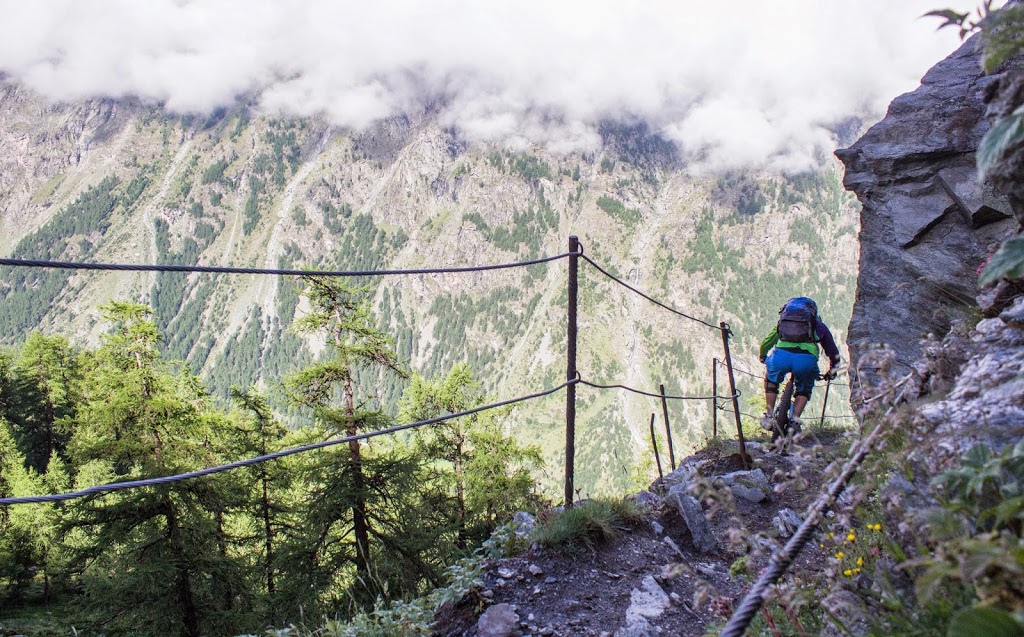 |
| Mountain Biking on exposed trails comes with it’s own risks. (Picture courtesy of David Martin) |
When I organise events for Swiss Alpine Adventure my goal is to give people a fun sociable day in the mountains. My aim is to bring the easy going surf attitude from my previous life into the mountains, but with as high a safety standard as is humanely possible. I could not live with myself if we had a serious accident on one of our activities and I still have nightmares about the most serious accidents we’ve had in the past. In my book any accident (no matter how minor) is one too many, but short of not actually doing the activities there is no way that we can completely negate risk. People fall off bikes, people twist knees when skiing, people break wrists when snowboarding and occasionally in the mountains we have avalanche accidents. Risk is ever present, there is quite literally no way of avoiding it. Even staying at home and doing nothing leads to a sedentary life-style and increases the risk of heart disease, certain forms of cancers, type II diabetes and other illnesses. Doing just fitness training to reduce this risk comes with it’s own associated risks and for many is not particularly enjoyable so we may as well get out and play in the mountains, but make ourselves aware of the risks and learn how to manage them.
In my opinion a couple of things lead to dangerous situations in the mountains. One is an overestimation of ones own skills. Over confidence can very easily put us in situations we are not prepared for and do not have the skill or experience to get ourselves out of. I think we each owe it to ourselves to take a good look and ask ourselves are we really as good as we think we are, as in certain cases a poor assessment not only puts ourselves at risk but also those around us. Another, is becoming too blasé about the environment we use as a playground. The closest I ever came to drowning when I was active in waters ports was due to this and I would bet that it plays a role in many mountain sports accidents too. The “it will never happen to me” attitude is something we should never go to the mountains with. The truth is, it can happen to any of us and the likelihood is that it’s exactly the moment where we think that it won’t that we don’t take all the safety considerations into account and disaster strikes.
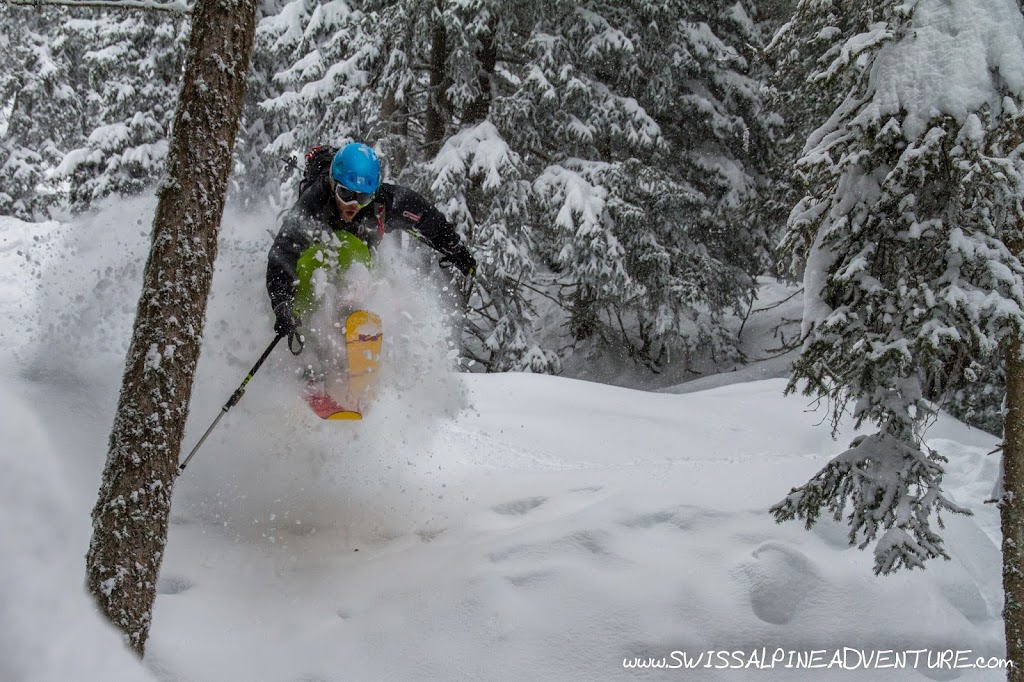 |
| Take appropriate precautions and play within your ability and the sky is quite literally the limit. |
The world is an amazing place, there are so many possibilities for fun, so many things to learn, so many places to see and so many experiences to be had. We all have a life time to do whatever we want, but the longer it is the more we can cram into it. I think the balance lies between not being afraid to live life, but not being so cocky that we make bad decisions.
Looking forward to meeting as many of you as possible safely in the mountains or on the ocean in the future.
